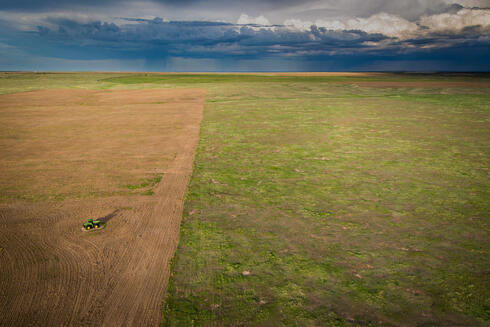Grassland conservation policy is also something that is urgently needed. If enacted, the North American Grasslands Conservation Act (NAGCA), which has been modeled after the popular and effective North American Wetlands Conservation Act, would kickstart the voluntary protection and restoration of grasslands. If passed, a NAGCA bill could prevent additional conversion of native grasslands by creating a flexible, voluntary, and innovative program for landowners. Participants could see improved grassland and rangeland health and management, increased biodiversity and habitat for grassland birds, pollinators, and other wildlife, and greater levels of carbon sequestration to name just a few of the benefits.
To survive, Grassland birds will need the support of NGOs like WWF, private landowner participation, programs on Native lands, and pro-grassland policies that provide a haven for them to feed and find shelter. So, the next time you’re flying from coast to coast and look down upon the grasslands from your airplane window, don’t just think about the sea of vegetation. Instead consider the thousands of species that are found within, like songbirds, that need our support. With it, perhaps the meadowlark will always have a song to sing and a place to sing it.
